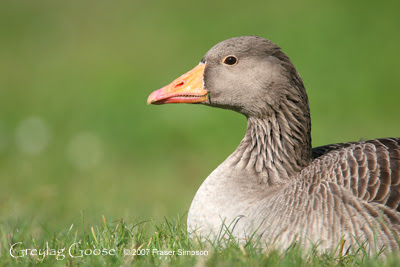
 The female from the pair below appears more experienced at nest building than her mate.
The female from the pair below appears more experienced at nest building than her mate. 

While the female selects twigs of the correct size, the male arrives and gets in the way, or is he just showing her how to do it?

Then he spies an ideal branch, a little out of reach, but worth the effort...

Struggling with his contribution the female looks away, unimpressed by his bravado.

He realises he has bitten off more than he can chew - unable to fly off with the cumbersome branch...
 ...he eventually selects a smaller, fallen twig and flies off...
...he eventually selects a smaller, fallen twig and flies off...

 ...he eventually selects a smaller, fallen twig and flies off...
...he eventually selects a smaller, fallen twig and flies off... 

Meanwhile back at the nest, the female finds an intruder... a prehistoric-looking fledgling from a nearby nest, temporarily resting on the developing structure following a practice flight around the canopy.














































